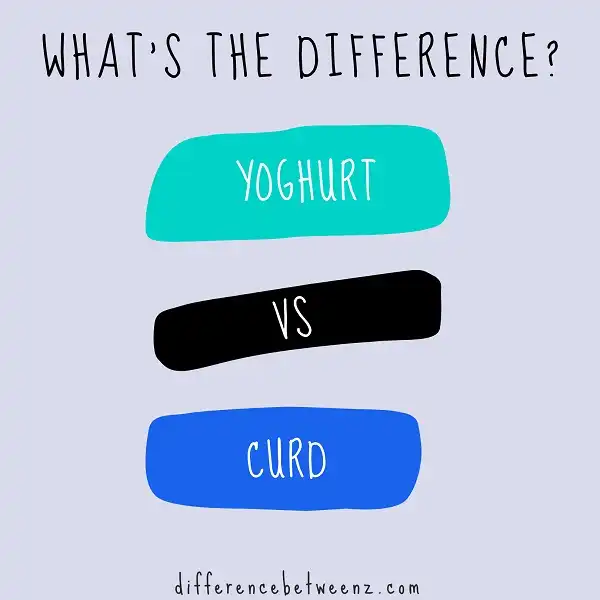Dairy products occupy an important place in the Indian diet. From a humble glass of plain milk to luscious desserts, milk and its derivatives are an integral part of our food culture. Two popular dairy products are yoghurt and curd. Though they have similar names and are made from milk, there is a big difference between yoghurt and curd. Let’s take a look at what that difference is. Curd is made by fermenting milk with a bacterial culture. Lactic acid is produced during the fermentation process, which thickens the milk and gives it a sour taste. Yoghurt is made by adding probiotic bacteria to warm milk and allowing it to ferment.
What is Yoghurt?
Yoghurt is a type of cultured dairy product that is made by combining milk and bacterial cultures. The process of making yoghurt involves allowing these cultures to ferment and then strain the mixture, resulting in a thick and creamy substance with a tangy taste. Yoghurt is a versatile food, as it can be enjoyed on its own or mixed into different types of recipes. It is also highly nutritious, containing important vitamins, minerals, and probiotics that are beneficial for gut health and overall wellness. Thus, yoghurt remains one of the most popular dairy products in the world today due to its many nutritional benefits as well as its pleasant taste.
What is Curd?
Curd is a dairy product that is made from coagulating milk. The coagulation process is usually accomplished by adding an acid, such as lemon juice or vinegar, to milk. As the milk curdles, it forms clumps of solid matter that are surrounded by a liquid whey. Curds can be eaten fresh, or they can be used to make cheese or other dairy products. Curds are high in protein and calcium, and they also contain beneficial bacteria that can aid digestion.
Difference between Yoghurt and Curd
Yoghurt and curd are two dairy products that are often used interchangeably. Both are made by adding bacteria to milk, which causes the milk to thicken and sour. However, there are a few key differences between the two. Yoghurt is typically made with whole milk, while the curd is usually made with skimmed or semi-skimmed milk. Yoghurt is also incubated at a higher temperature than curd, which results in a smoother, creamier texture. In addition, yoghurt typically contains live cultures of bacteria, while curd does not. As a result, yoghurt is often touted as being healthier than curd. However, both Yoghurt and Curd are good sources of calcium and protein.
Conclusion
Do you know the difference between yoghurt and curd? Yoghurt is made when bacterial cultures break lactose down into lactic acid. This high level of acidity causes the milk to thicken, form a skin on top, and give yoghurt its sour taste. Curds are also created by bacteria, but they ferment maltose and sucrose instead of lactose. This process produces more lactic acid than yoghurt-making bacteria, so curds are thicker and more acidic.


